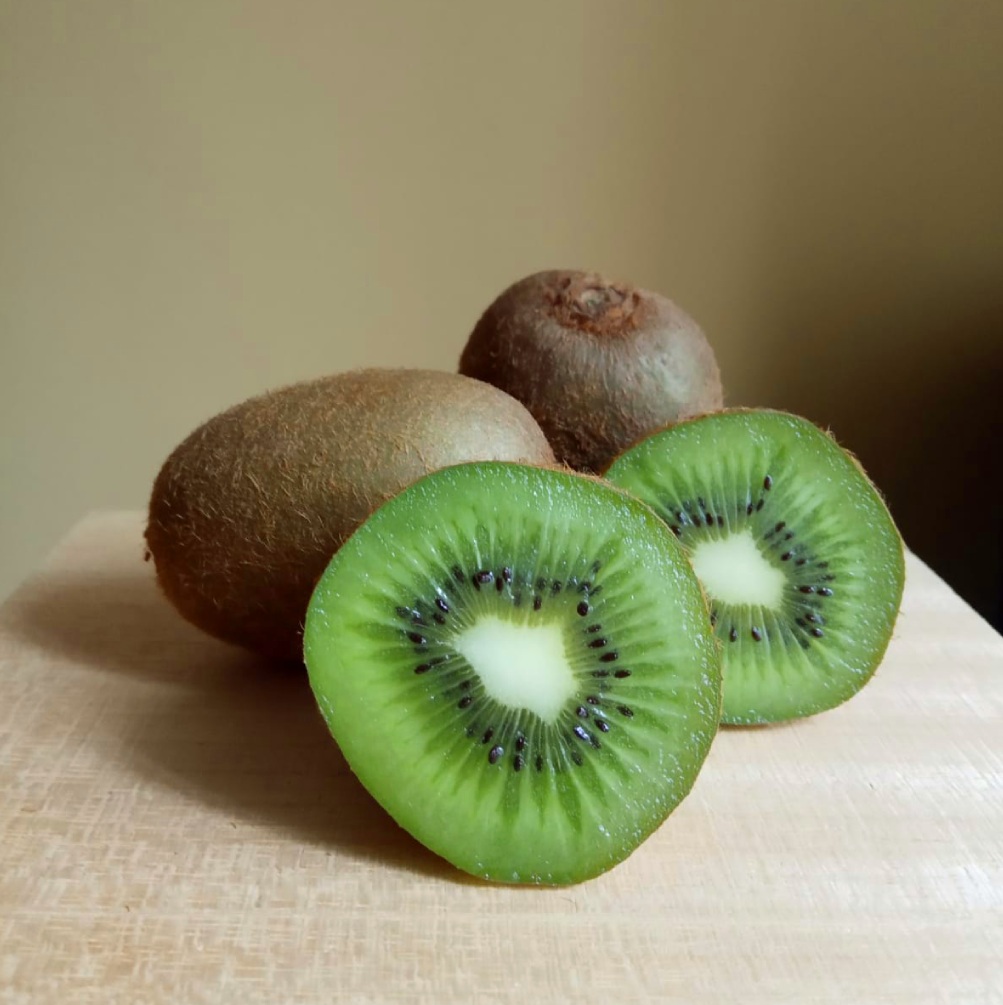Kiwi // fruit

🌱🥝 Did you know that you can eat the brown and fuzzy skin of kiwi fruit? The skin is perfectly edible and provides lots of fiber, folate, and antioxidants. While the texture may intimidate you at first, in reality, it is similar to the skin of a peach or pear.
💪 Eating kiwis is also an excellent way to increase your consumption of vitamin C. They are rich in copper, and vitamin K and contain smaller portions of many other important nutrients. Their impressive nutrition profile supports many avenues of health, including digestion, weight management, and blood sugar control.
👩🍳 They’re sweet, easy to eat, and highly nutritious. Plus, these small fruits come in green- and yellow-fleshed varieties. You can enjoy them fresh, make smoothies/jam, bake muffins/cakes, or even toss them into salads, marinades, and dressings. Kiwi and chocolate for dessert or snack, what a great mix of acidity and sweetness!

👵💚 Grandma Sita’s tips:
*Kiwis can be left at room temperature for a few days but are best when refrigerated, lasting up to two weeks.
*You can also freeze kiwi and add them to smoothies. Cut them in half or peel them to freeze, otherwise, your whole kiwi could split open.
📗Kiwis are native to central and eastern China. Kiwifruit or Chinese gooseberry, is the edible berry of several species of woody vines in the genus Actinidia, comprising around 60 species. Their fruits are quite variable, although most are easily recognized as kiwifruit because of their appearance and shape. The skin of the fruit varies in size, hairiness, and color. The flesh varies in color, juiciness, texture, and taste.
😋 Luckily kiwifruits grow in many areas of the world including Europe the leading European producers are Spain, Italy, France, Portugal, and Greece.
🌎 Eating local and seasonal fruits and vegetables helps to reduce food waste saves resources, improves food quality and healthy habits, and boosts the local economy.
